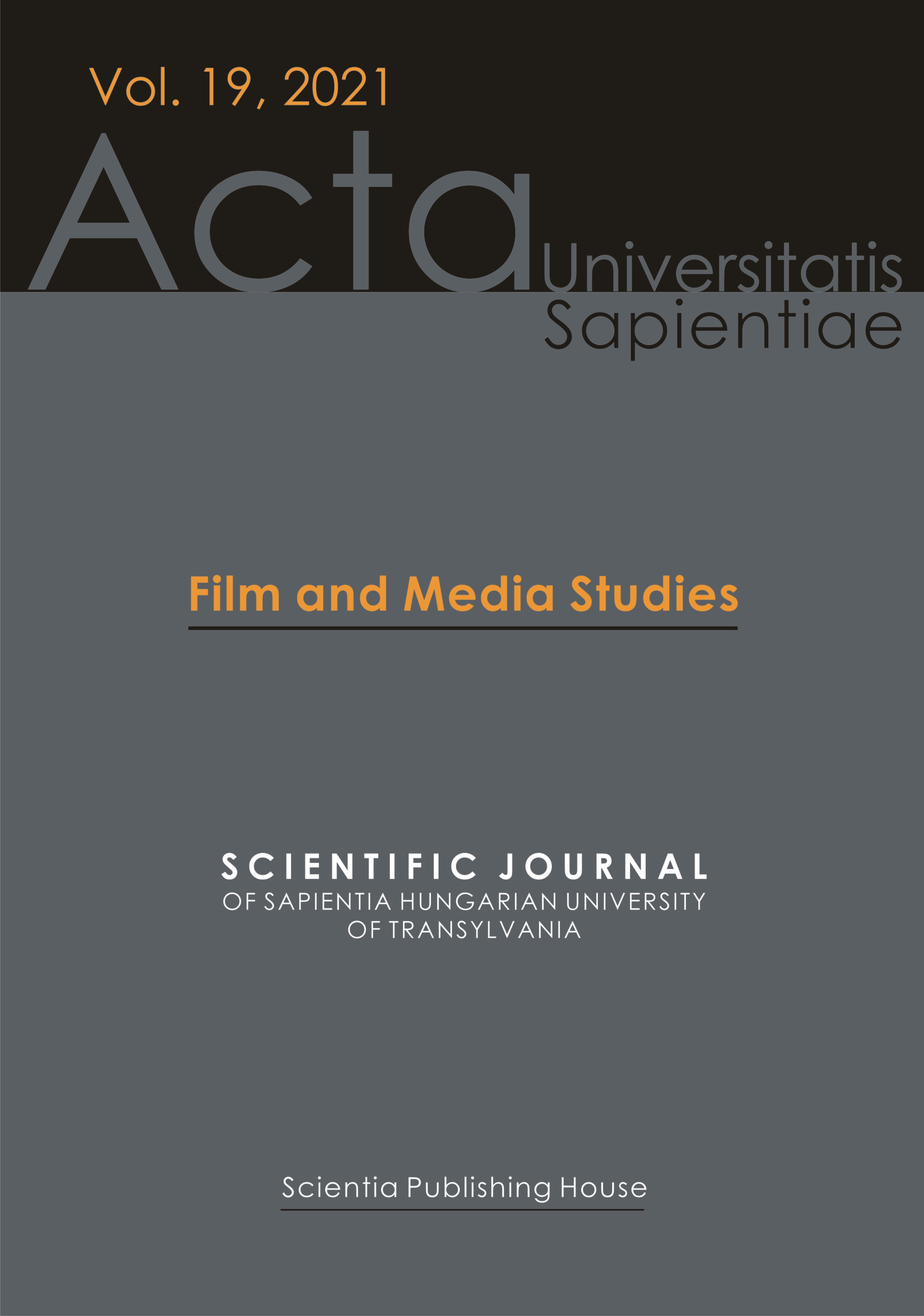Voiceless Screams: Pictorialism as Narrative Strategy in Horror Silent Cinema
Voiceless Screams: Pictorialism as Narrative Strategy in Horror Silent Cinema
Author(s): Delia EnyediSubject(s): Film / Cinema / Cinematography
Published by: Scientia Kiadó
Keywords: silent cinema; transitional era; horror genre; pictorialism; narration; monstration;
Summary/Abstract: As a complementary condition to narrative, the notion of pictorialism in film is rooted in the first decades of the medium. In their quest to demonstrate the capturing and restoring of images with various devices, early filmmakers selected views with pictorial qualities in the long-standing tradition of painting, transferring them on film in the form of non-narrative shots. The evolution of fictional narratives in silent cinema displaced the source of inspiration in theatre, assimilating its nineteenth-century tradition of pictorialism. Thus, the film audiences’ appeal for visual pleasure was elevated with balanced elements of composition, framing and acting that resulted in pictorially represented moments actively engaged in the narrative system. The paper explores the notion of “pictorial spirit” (Valkola 2016) in relation to that of “monstration” (Gaudreault 2009) aiming to describe the narrative mechanism of provoking fear by means of pictorially constructed cinematic images in a selection of short-length horror silent films belonging to the transitional era, consisting in The Haunted House/The Witch House (La Maison ensorcelée/La casa encantada, Segundo de Chomón, 1908), Frankenstein (J. Searle Dawley, 1910) and the surviving fragments of The Portrait (Портрет, Vladislav Starevich, 1915)
Journal: Acta Universitatis Sapientiae, Film and Media Studies
- Issue Year: 2021
- Issue No: 19
- Page Range: 66-76
- Page Count: 11
- Language: English

